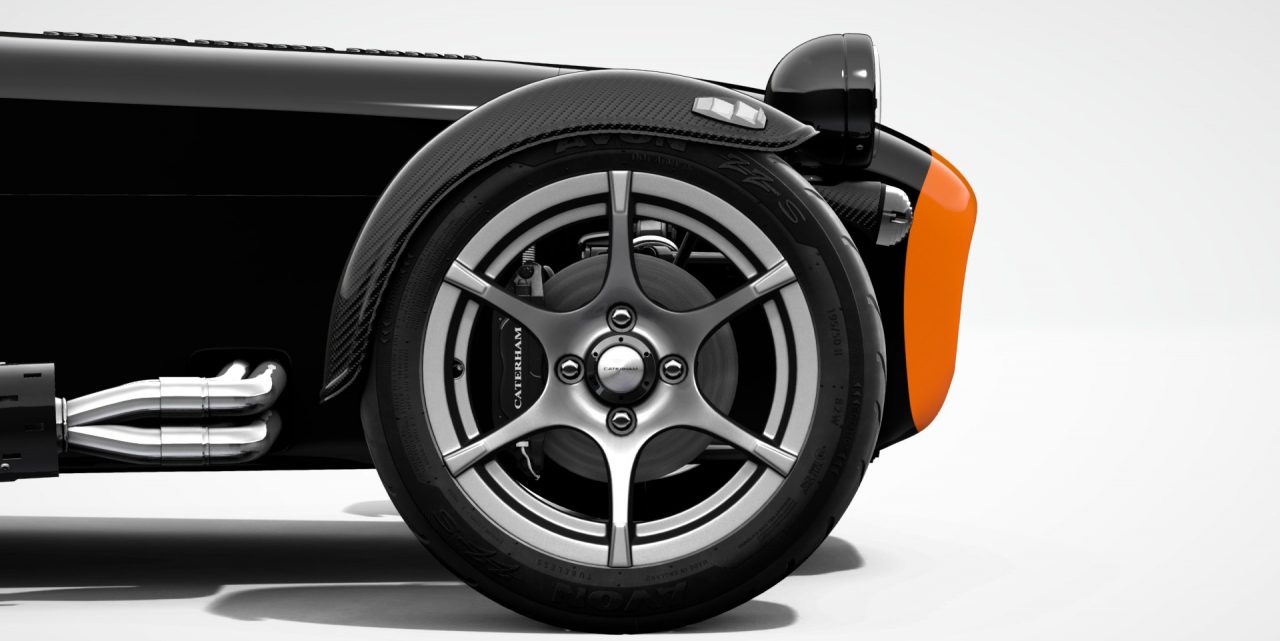
The build is practically over now and it time for the moment of truth !
Bleeding the clutch and brakes: The clutch release bearing is hydraulically operated so we filled the clutch cylinder and attached a bleed bottle to the extended bleed valve that protrudes from the slot in the bellhousing. An 8mm spanner is needed to to loosen the bleed valves and after a few pumps of the clutch pedal to fill the system the clutch was working properly.
The brakes required more effort because of the longer hose / pipe runs, split circuit and 4-pot front calipers. We used a pneumatic brake bleeding system that slightly pressurised the system via the brake fluid reservoir to force fluid through the system. We started with the left rear caliper as this is the furthest away from the reservoir and then worked our way round; right rear, left front outer, left front inner, right front outer, right front inner. The initial results were better than I expected but it took another 4 complete rounds of bleeding and tightening connections to get all air out of the system.
Oil: The 420R has a dry sump which requires 4 litres in the tank and 3litres fill via the engine. I used the synthetic oil supplied by Caterham for the initial start but this will be drained out and replaced with Millers Running In oil when the car goes for a professional run-in and tune up by Stuart at Premier Power. To test for fuel pressure I disconnected the fuel cutoff inertia switch (although not really necessary as there was no fuel in the tank at all) and then turned the engine over with the iginition on. After about 20 seconds of cranking we began to see oil pressure which was a big relief.
Coolant: Caterham supply 5L of pre-mixed coolant which is barely enough in my opinion so I bought some more and ended up adding another 1L to the system
Fuel and Engine Start: I filled the tank with about 25L of standard unleaded petrol and we were now ready for the engine start. We pushed the car outside, turned on the ignition and tried the starter. The engine turned over nicely and we saw good oil pressure but the engine refused to start. We stopped after a few attempts and pushed the car back into the garage to figure out what was wrong. I also put the battery back on charge whilst we thought about the problem.
I could not smell any fuel on the initial attempt and all the dash electrics seemed to work so I thought i would top up the tank with another 10L of petrol as I had heard that the fuel pump can have difficulties self-priming. I also checked the fuel cutoff switch was connected and properly reset.
Sitting in the car I flicked the starter and was somewhat surprised (and pleased) when the engine burst into life. The initial idle was a little uncertain but it settled down as the engine warmed up indicating that the lambda sensor was working.
With everything running I depressed the clutch, put it into first gear and rolled out of the garage under power. A few very short runs up and down the drive (with each family member taking turns as passenger) proved the clutch, brakes and reverse gear all worked. The radiator fan came on at about 100 C so with everything checking out I backed into the garage and shut the engine down.
Leaks: There were a couple of leaks, one at the submarine and the other at the radiator top hose. I went round and tightened all the clamps and seemed to fixed the issues.




















